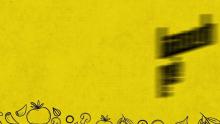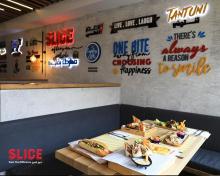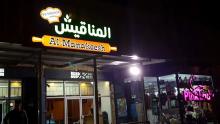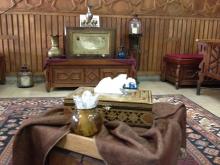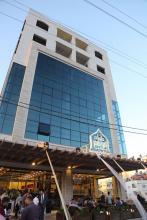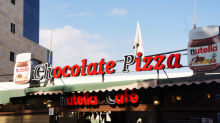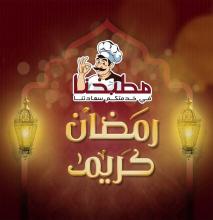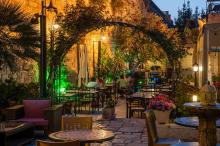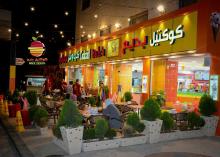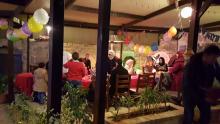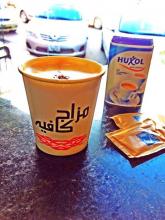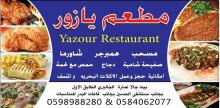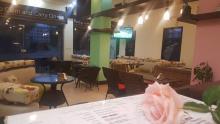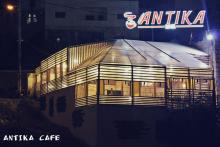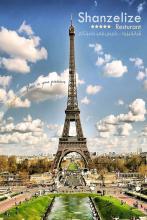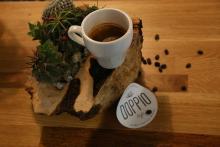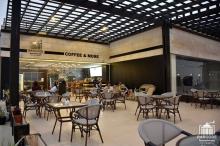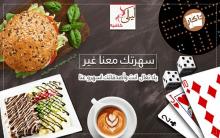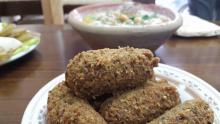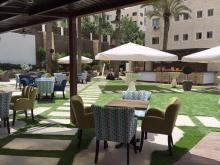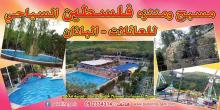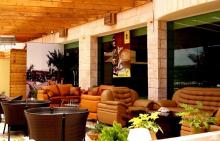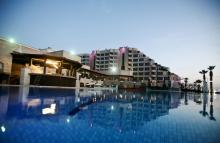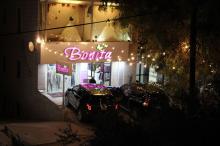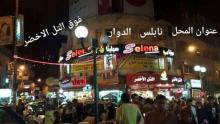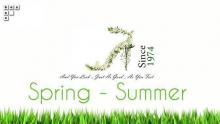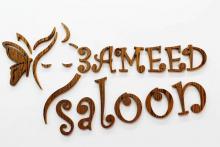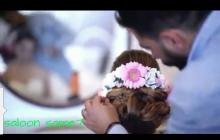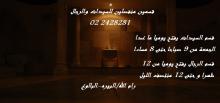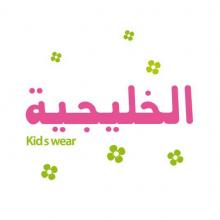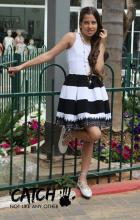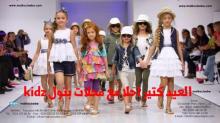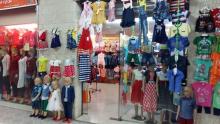يدعوكم مركز خليل السكاكيني الثقافي بكل سرور لحضور افتتاح معرض "لا أرض" للفنان التشيلي رفائيل غوندلمان هيلز وذلك يوم السبت ١ /٤ /٢٠١٧ في غرفة المديرة الفنية الساعة ٦ مساء. حيث يستمر المعرض لعشرة أيام حتى تاريخ ١٠ / ٤/ ٢٠١٧.
Khalil Sakakini Cultural Centre happily invites you to the opening of the exhibition "No Land" by the Chilian artist Rafael Guendelman Hales on Saturday 1/4/2017 in the Artistic Driector Room at 6pm. The exhibition continues for ten days only till 10/4/2017
******
english below.
******
"أرض بلا شعب لشعب بلا أرض." هكذا يقول الشعار الأسطوري الحالي الذي استخدمه الصهاينة اليهود في بداية القرن العشرين ليعبروا عن توقهم للأرض قبل وجود دولة إسرائيل. تنتهي العبارة بكونها تتناقض مع حقيقتين: حقيقة أن
إسرائيل تشكلت على أرض يسكنها الفلسطينيون والحقيقة الثانية بأن الشعب الفلسطيني لا زال، منذ منتصف القرن العشرين، يُطرد تدريجيا من أرضه التي سكنها منذ أجيال عديدة.
بلا أرض هو نتيجة لتقصي قام به الفنان الذي ينحدر من أصول يهودية وفلسطينية، حول احتلال المناطق الفلسطينية في الضفة الغربية. جاء هذا التقصي نتيجة جولة استغرقت ستة شهور للمناطق الفلسطينية عام 2012. يقدم المعرض الذي استخدم وسائط عديدة (فيديو، رسم، ألوان مائية، تصوير فوتوغرافي وفن تركيبي) زوايا ووجهات نظر مختلفة حول الصراع الإسرائيلي الفلسطيني، مستفيدا من تجربة ملموسة من هذه الرحلة. احتمال وأسطورة، سيرة ذاتية وتاريخ، حرب وسلام، رسم خرائط ومجاز، طوارئ وحياة يومية، وتوثيق وخيال. يقدم التقصي جميع هذه الحقائق، جنبا إلى جنب قدر الإمكان، مداخل محتملة إلى مشكلة المشهد والأرض، والطريقة التي تدعم بها هذه المداخل الأيديولوجيات واللغات وأنظمة البقاء.
القضية المتعلقة بماهية المشهد والأرض- وأي نوع من العلاقة يمكن أن يكون لكل منهما شعب وتاريخ وثقافة - نقدمها هنا ضمن الصراع الفلسطيني الإسرائيلي وتأتي ضمن السياق في تشيلي، موطن أكبر جالية فلسطينية خارج الشرق الأوسط، من خلال السيرة الذاتية للفنان وكذلك من خلال مقابلات مع أحفاد مهاجرين فلسطينيين استقروا في هذا البلد. ولكن أفق هذه الأسئلة والإجابات عالمي وهو وثيق الصلة بدرجة كبيرة في الوقت الحاضر. من خلال الهجرات ومقاومتها، في الصراع على الحدود، العرق والدين، وفي الاحتمالات المتعددة للهوية الما بعد حداثية، يأتي سؤال المشهد والأرض والطريقة التي تُعرِف فيها هذه المفاهيم حبنا وولاءاتنا والنموذج الأصلي الجماعي الخاص بنا.
كتبه: كلوديو غريرو أوركوزا
المعرض بدعم من قسم الشؤون الثقافية في وزارة الخارجية التشيلية
*******
“A land without people, for a people without a land.” Thus reads the now legendary slogan that Jewish Zionists used at the beginning of the XX century in order to express their territorial yearnings before the existence of the state of Israel. The phrase ends up being paradoxical, both for the fact that Israel was formed in lands inhabited by Palestinians, as well as for the fact that it has been the Palestinian nation which, since the middle of the XX century, has been progressively expelled from the lands that it has inhabited for generations.
No Land is the result of a investigation carried out by the artist, a descendant of Jews and Palestinians, on the occupation of Palestinian territories in the West Bank. This investigation originated in a six-month tour of these territories in 2012. Using diverse media (video, drawing, watercolor, photography and installations), the exhibition offers multiple angles and perspectives on the Israeli-Palestinian conflict, drawing from the concrete experience of this trip. Contingency and myth, biography and history, war and peace, cartography and metaphor, contingency and everyday life, documentation and imagination. The investigation presents all of these realities, juxtaposed as possible gateways into the problem of landscape and territory, and the way in which these support ideologies, languages, and survival systems.
The question regarding what is a landscape and a territory —and what kind of relationship each of these may have with a nation, a history, and a culture— is presented here within the Israeli-Palestinian conflict and brought into context in Chile, home to the largest Palestinian community outside of the Middle East, through the artist’s biography, as well as through interviews to other descendants of Palestinian immigrants who have settled in this country. However, the horizon for these questions and answers is universal, and today, tremendously relevant. Through migrations and their resistance, in disputes over borders, ethnicity, and religion, and in the multiple possibilities of identity in postmodern culture, comes the question of landscape and territory, and the manner in which these concepts define our affections, loyalties, and collective archetypes.
by: Claudio Guerrero Urquiza
The exhibition is supported by "DIRAC" The Cultural Affair Devision from the Ministry of Foreign Affairs of Chile.
********
Rafael Guendelman graduated with a bachelor’s degree in Fine Arts from Uni- versidad Catolica de Chile, and received a diploma in Film Theory from the same institution. He is currently attending a diploma program on Contemporary Arab World at Universidad de Chile. He completed a residency at ZK/U (Center for Art and Urbanistics) in Berlin in 2012. He has participated in different exhibitions and video festivals both in Chile and abroad, such as: II Bienal de la Imagen en Movimiento, Buenos Aires (2014); In ujos, Centro Cultural de España, Santiago (2014); Planisfe- rio, Matucana 100, Santiago (2014); Un esquimal con un zorro blanco que acaba de cazar, Casa de las Americas, La Habana (2013); Rencontres Internationales Paris/ Berlin/Madrid, at Haus der Kulturen der Welt, Berlin (2013) and Palais de Tokyo, Paris (2012); and Anexation Wall: 10 years too long, Al-ma’al Lab, Jerusalem and Dar-alkalima, Bethlehem (2012).
www.rafaelguendelman.com


